SUMMARY
This is AI generated summarization, which may have errors. For context, always refer to the full article.
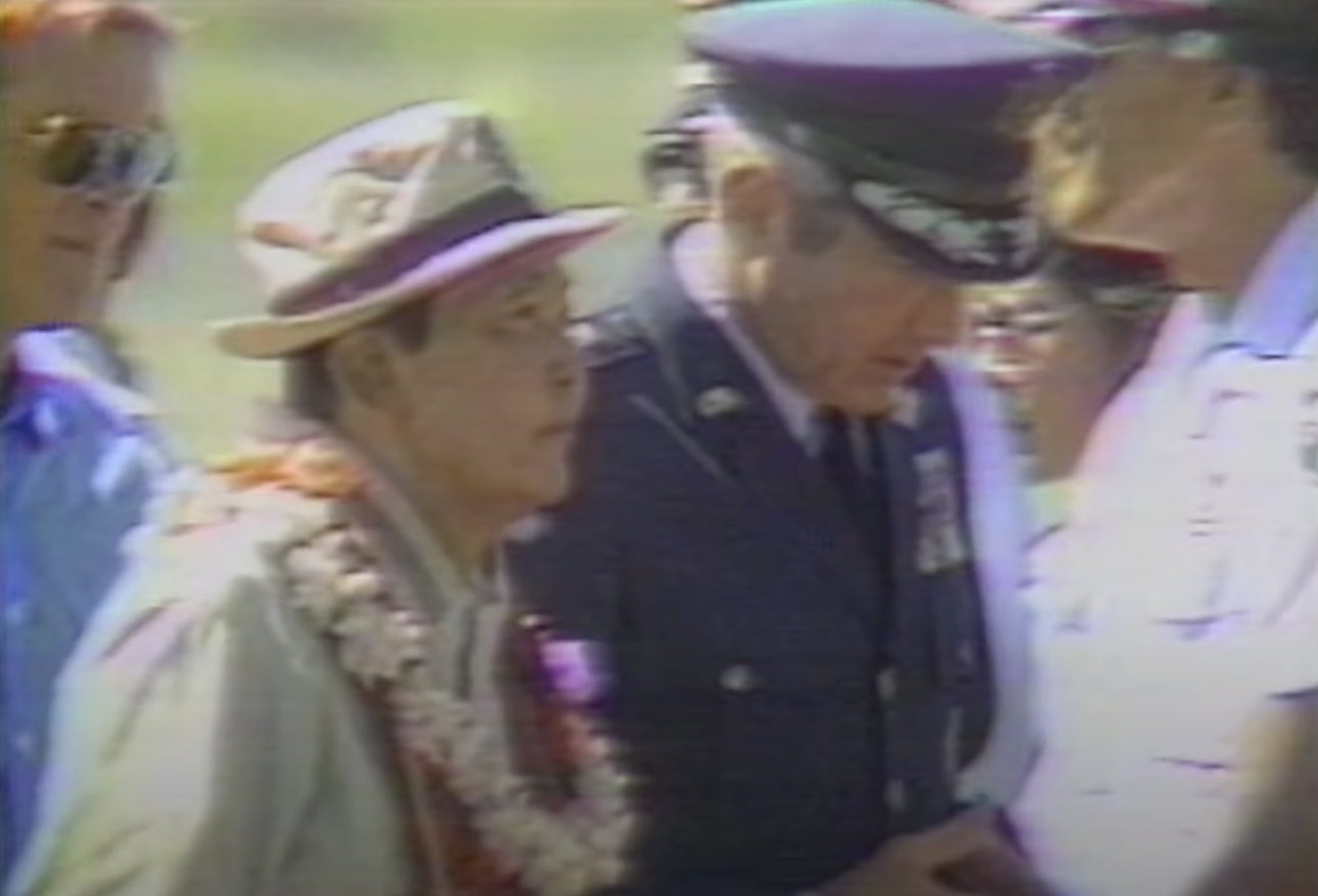
HAWAII, USA – More than three decades after his family lived in exile in the island state of Hawaii, President Ferdinand “Bongbong” Marcos Jr. still recalls that chapter of his life with sadness.
“That was a very trying time. Those were dark days for the family, and I dare say even for the country,” he said in an interview conversation with World Economic Forum president Børge Brende in Davos, Switzerland, in January this year.
In mid-November, Marcos Jr. will mark his public return to the island that became his second home, not as a man whose father fell from grace, but as president of a country whose people once drove his family out.
Hasty exit, unglamorous arrival
Dictator Ferdinand E. Marcos’ time was up in the final days of February 1986.
After clinging to power for more than two decades, the Filipino people had enough of his authoritarian regime, kicking him out of Malacañang on February 25, 1986, in an uprising known to the rest of the world as the People Power Revolution.

News reports said the Marcoses left Malacañang past 9 pm that day. Aboard American helicopters, they flew to Clark Airbase.
Using a US Air Force plane, the once-ruling family and dozens of their close allies then departed the Philippines for Guam, an unincorporated territory of the United States. It was a short stopover where Marcos, the dictator – who suffered from a kidney illness – underwent a medical checkup.
On February 26, 1986, he arrived in Honolulu with his wife Imelda, and his children, including Bongbong. Other companions included his government’s military chief Fabian Ver.
They were welcomed by then-Hawaii governor George Ariyoshi, his wife Jean, and Pacific Air Forces commander-in-chief Robert Bazley at Hickam Air Force Base.
“Fatigued,” “ill,” and “unsmiling” were the words used by The Washington Post to describe the former president as he began his life in exile. But the Marcoses didn’t leave the Philippines empty-handed, bringing with them expensive jewelry worth $8 million, that were confiscated by the US Customs.
Restless Marcos
The elder Marcos and then-US president Ronald Reagan were close friends. After reports of fraud marred the conduct of a snap election and triggered widespread protests in the Philippines, Reagan called on the former president to step down, and promised him sanctuary in the United States.
He would later say he was “practically kidnapped” out of the Philippines, saying he thought he was being taken to Ilocos Norte, his home province, instead of Guam. He also fired shots at Washington at some point, accusing the Reagan administration of interfering in the internal affairs of the Philippines.
The two would also talk on the phone, with Marcos complaining about his living situation in Hawaii.
“The Marcos call was a long and agonizing one that was primarily taken up by a talk between Imelda Marcos and First Lady Nancy Reagan. A Honolulu television station, allowed to briefly shoot silent footage of the call, broadcast a segment Saturday night in which Mrs. Marcos was sobbing on the phone to Mrs. Reagan,” an April 1986 report from The Washington Post read.
Marcos Jr., in a 1989 interview, also claimed they were under the impression when they boarded the plane that, they were bound for Ilocos Norte and not headed to another country.
“We left the Palace to go to Ilocos. We were tricked into coming to Hawaii,” he said.
Rappler’s fact-checking found that the Marcos family was not kidnapped when they were brought to Hawaii.
“Marcos told Ariyoshi of the original plan to go to Laoag. But in the version relayed by Ariyoshi, it was the Marcos family – eager to stay together – that vetoed the plan and persuaded the president to come to the United States,” a May 1986 report from The Associated Press read.
Lavish lifestyle
Despite their fall from grace, the Marcos family maintained the support of thousands of loyalists, even in Hawaii. When they arrived there, dozens of Filipino-Americans – described as Ilocanos in an undated Hawaii News Now report – took to the streets to express their appreciation for the Marcoses.
The Marcos family lived in a house in Niu Valley, and later in Makiki Heights, according to court records. The ousted dictator also “owned an armored Mercedes Benz 500 SEL limousine.”
Imelda said she was homesick in Hawaii, and described her family’s life there as something similar to a prison sentence.
The Marcoses, however, continued their extravagant lifestyle abroad.
“They are hosts to weekly Sunday afternoon gatherings and lavishly catered dinners at their multimillion-dollar Makiki Heights estate and dinner parties at some of the most expensive restaurants in town. Mrs. Marcos also makes occasional shopping trips to Honolulu’s designer dress shops,” a New York Times report in November 1988 read.
Marcos death
Marcos, the former president, died on September 28, 1982, at the age of 72, after years of suffering kidney, lung, and heart complications. It was his son who confirmed his death, according to a Los Angeles Times report.
“Perhaps friends and detractors alike (now) will look beyond the man to see what he stood for – his vision, his compassion, and his total love of country,” the dictator’s son was quoted as saying.
He died unable to fulfill his ambition to return to the Philippines and regain power. Even when his mother died 16 months prior, the Corazon Aquino administration barred him from returning to his home country.
“In the end, Marcos died not a powerful figure but a pathetic one – sickly, discredited, and disgraced. Banished to a comfortable but ignominious exile in Hawaii after he was overthrown in the February 1986 ‘people power revolution,’ he left behind in the Philippines a legacy of poverty, corruption, and despair,” an obituary from The Washington Post also read.
Marcos’ body was interred at the Byodo-In Temple on the island of Oahu, until the Ramos administration allowed his remains to be flown back to the Philippines in 1993, direct to Ilocos Norte. His cadaver was preserved and displayed above ground in the Marcos residence, until the Supreme Court allowed his burial at the Heroes’ Cemetery in 2016.

Return to the Philippines
While in exile, Bongbong Marcos yearned for the day when he would find his way back to the Philippines.
“The very basic, fundamental question is whether or not we belong here. We do not. Home is in the Philippines, not here,” he said in a 1989 interview.
Marcos, then around 31, believed that the EDSA uprising that forced them out of Malacañang was not legitimate.
“I didn’t think then and I do not think now that was representative of the majority of the 54 million Filipinos. There was no revolution. I never saw a revolution. We left because we did not want to kill fellow Filipinos,” he added.
In 1991, then-president Corazon Aquino allowed Imelda to return to the Philippines to face the dozens of cases against her. In the process, her children, including her son Bongbong, were also given permission to fly back home.
Marcos returned to the Philippines in the last week of October that year, according to the LA Times. Imelda arrived a week later.
“This is for me the start of a healing process, a mission of reconciliation, healing and peace,” she was quoted as saying.
It was a homecoming that would launch a series of comebacks for the Marcos family, capped by Marcos’ presidential election victory decades later. – Rappler.com
Add a comment
How does this make you feel?
![[Newspoint] A Freedom Week joke](https://www.rappler.com/tachyon/2024/06/20240614-Filipino-Week-joke-1.jpg?resize=257%2C257&crop_strategy=attention)

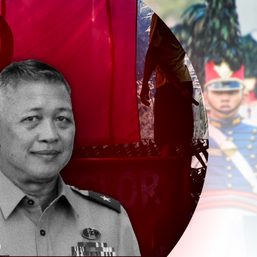
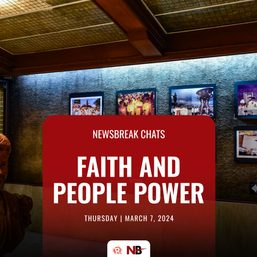
![[Bodymind] Forgiveness, Enrile, and Bongbong Marcos Jr.](https://www.rappler.com/tachyon/2024/03/forgiveness-enrile-bongbong-march-6-2024.jpg?resize=257%2C257&crop=411px%2C0px%2C1080px%2C1080px)
![[Closer Look] ‘Join Marcos, avert Duterte’ and the danger of expediency](https://www.rappler.com/tachyon/2024/06/TL-trillanes-duterte-expediency-june-29-2024.jpg?resize=257%2C257&crop_strategy=attention)


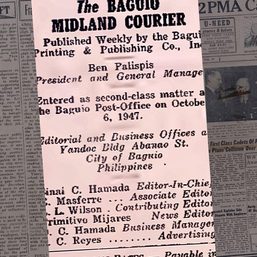
![[In This Economy] Marcos’ POGO ban is popular, but will it work?](https://www.rappler.com/tachyon/2024/07/thought-leaders-marcos-pogo-ban.jpg?resize=257%2C257&crop=255px%2C0px%2C720px%2C720px)
![[Rappler Investigates] POGOs no-go as Typhoon Carina exits](https://www.rappler.com/tachyon/2024/07/newsletter-graphics-carina-pogo.jpg?resize=257%2C257&crop=424px%2C0px%2C1080px%2C1080px)



![[Hindi ito Marites] First Lady Liza Marcos: Unofficial presidential spokesperson?](https://www.rappler.com/tachyon/2024/05/Hindi-ito-Marites-TC-ls-02.jpg?resize=257%2C257&crop_strategy=attention)


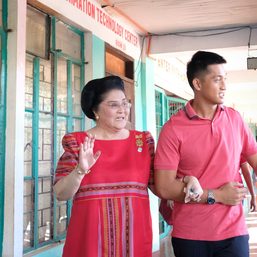
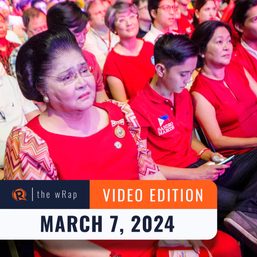
![[Newspoint] A fighting presence](https://www.rappler.com/tachyon/2024/07/thought-leaders-a-fighting-presence.jpg?resize=257%2C257&crop=441px%2C0px%2C1080px%2C1080px)

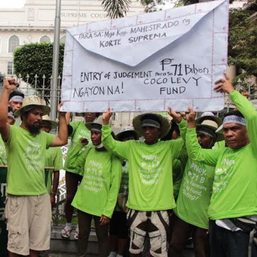
There are no comments yet. Add your comment to start the conversation.